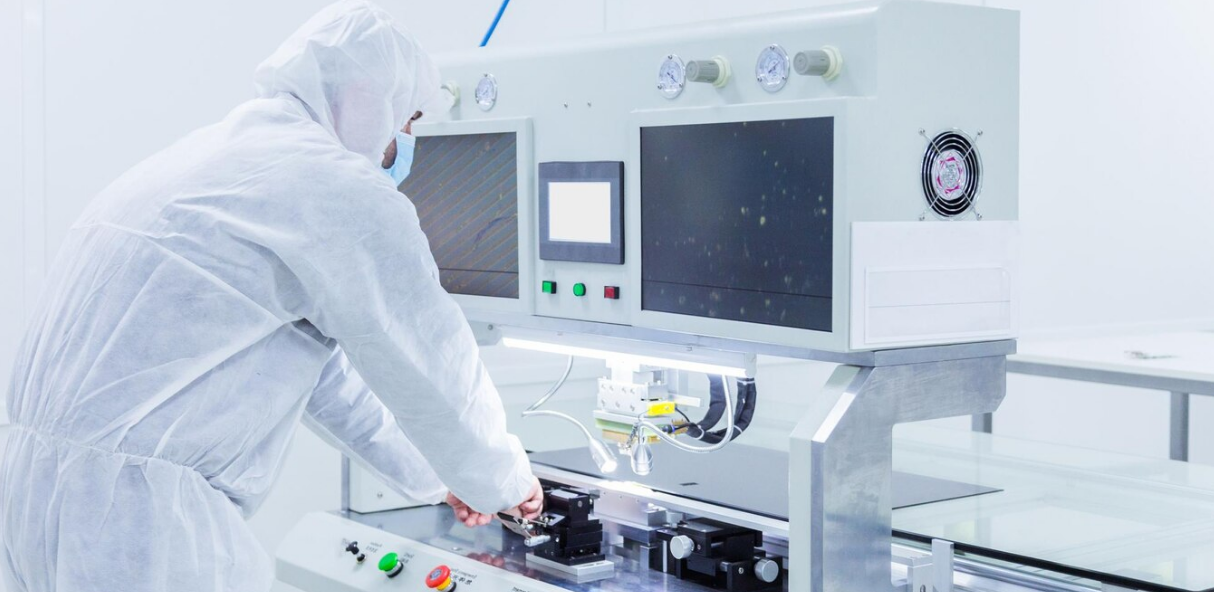contact@monad.com.cn
WhatsApp: +86-13967172554

Contact Us
What is GC MC and Types of GC MC
GS MC is an analytical method that is very useful, but many people may not be aware of what gc ms test and types gc ms test it has, which I will tell you within this article.
What is GC MS?
What is gc ms ? Gas Chromatography-Mass Spectrometry (GC-MS) is a powerful analytical technique for the study of liquid, gaseous or solid samples. The analysis begins in the GC, where the sample is vaporized into the gas phase and then separated into its various components using a capillary column coated with a stationary phase. the components of the mixture are separated, each compound elutes from the column at a different time based on its boiling point and polarity. This time of elution is referred to as a compound’s retention time. GC has the capacity to resolve complex mixtures or sample extracts containing hundreds of compounds.
Once the components leave the GC column, they are ionized and fragmented by the mass spectrometer using electron or chemical ionization sources. Ionized molecules and fragments are then accelerated through the instrument’s mass analyzer, which quite often is a quadrupole or ion trap. It is here that ions are separated based on their different mass-to-charge (m/z) ratios. GC-MS data acquisition can be performed in either full scan mode, to cover a wide range of m/z ratios, or selected ion monitoring (SIM) mode, to gather data for specific masses of interest.
The final steps of the process involve ion detection and analysis, with fragmented ions appearing as a function of their m/z ratios. Peak areas, meanwhile, are proportional to the quantity of the corresponding compound. When a complex sample is separated by GC-MS, it will produce many different peaks in the gas chromatogram and each peak generates a unique mass spectrum used for compound identification. Using extensive commercially available libraries of mass spectra, unknown compounds and target analytes can be identified and quantified. In other words, GC-MS is a powerful tool that can help identify and quantify compounds in a sample, making it an essential technique in many fields of research.
Different analytical tasks require different detection abilities. While the gas chromatography system may remain the same, different types of mass spectrometers may be required for different types of analyses depending on the level of selectivity and sensitivity required. I will give more detailed explain about what is gc ms test and types of gc ms test
Three Types of GC MS Test
Gas chromatography-mass spectrometry (GC-MS) is a powerful analytical technique that can be used to study liquid, gaseous, or solid samples. When gas chromatography is combined with a mass spectrometer that includes just one quadrupole, it is often referred to simply as GC-MS. GC-MS is well suited to the everyday analysis of samples where either targeted or untargeted analysis is required as these systems can be operated using either targeted selected ion monitoring (SIM) or untargeted full scan acquisition. Typical applications include pesticide analysis in food and environmental samples, analysis of biological samples for drugs of abuse, and analysis of volatile organic compounds in water samples.
Gas chromatography combined with a triple quadrupole mass spectrometry system is referred to as GC-MS/MS.
The triple quadrupole MS provides a higher level of selectivity and is best suited to analyses where the highest sensitivity is required. This is often the case when quantitating pesticides in food or environmental contaminants.
GC-MS/MS systems are typically operated in selective reaction monitoring (SRM) mode. The high selectivity of the SRM helps reduce interferences from background ions and produce a high signal-to-noise for excellent detection capability.
For comprehensive characterization of samples in a single analysis with high-confidence compound discovery, identification, and quantitation, a GC system can be combined with a high-resolution accurate mass (HRAM) mass spectrometer. These GC-MS/MS systems offer the quantitative power of a triple quadrupole GC-MS/MS combined with high-precision, full-scan HRAM capabilities available only from the most sensitive and accurate mass spectrometers. These systems are ideally suited for applications that require both accurate targeted analysis and confident unknown compound identification. In other words, GC-MS/MS is a powerful tool that can help identify and quantify compounds in a sample, making it an essential technique in many fields of research.
How to Make Sample Preparation ?
Gas chromatography-mass spectrometry (GC-MS) is a powerful analytical technique that can be used to study liquid, gaseous, or solid samples. However, before introducing the samples into the gas chromatograph, they need to be separated from complex and dirty matrices. Different manual and automated sample extraction processes are often used prior to gas chromatography. These processes differ depending on the sample matrix, the degree of selectivity required, and the initial cleanliness of the samples. Automated on-line sample preparation with sample injection into a GC-MS is possible through robotic autosamplers, which can replace many basic and more complex manual sample handling operations.
Conclusion
For more information about sample preparation prior to GC-MS analysis, you can visit our GC-MS Sample Preparation Learning Center. This center provides a wealth of information on sample preparation techniques, including manual and automated methods. You can also find information on the degree of selectivity required for different sample matrices, as well as tips for ensuring the initial cleanliness of your samples. Whether you are a seasoned GC-MS user or just starting out, our Sample Preparation Learning Center is an invaluable resource for anyone looking to improve their sample preparation techniques.

